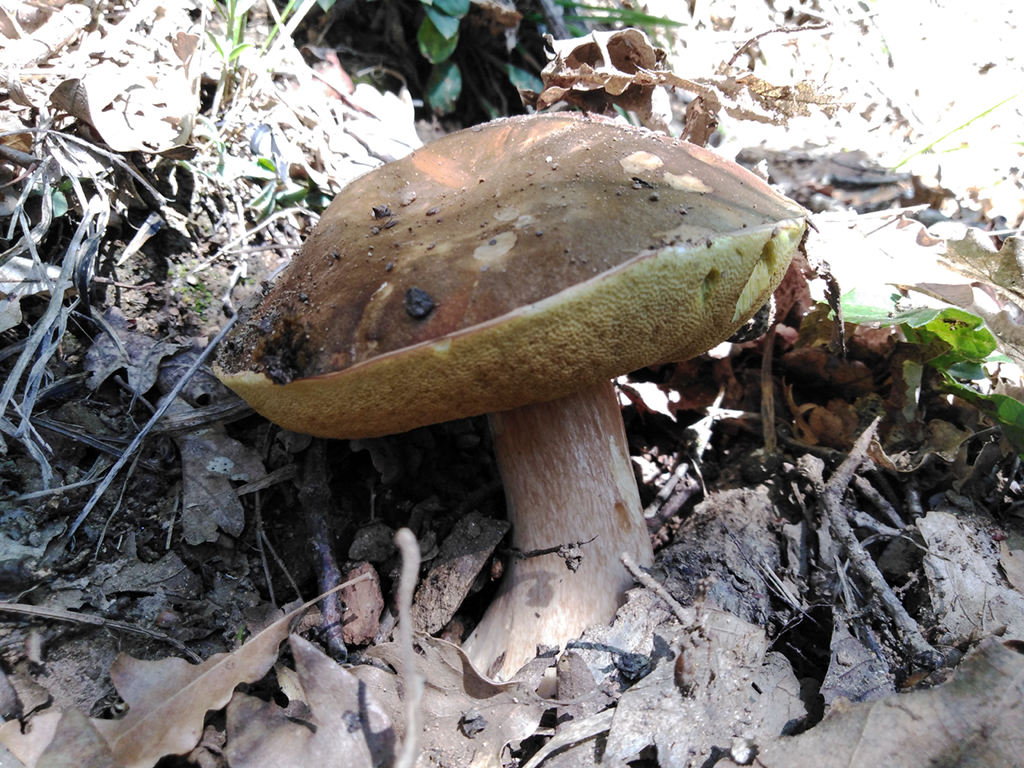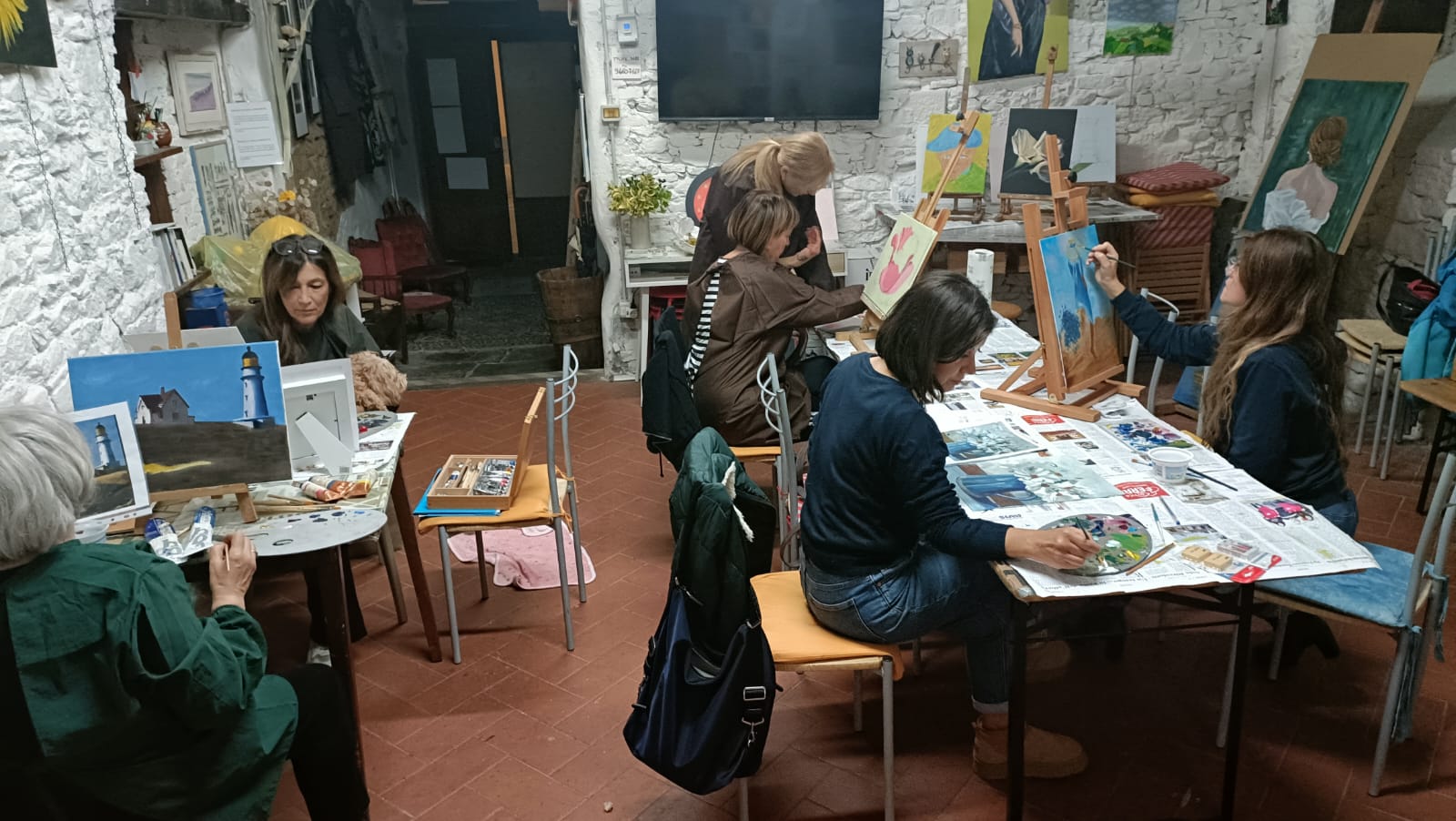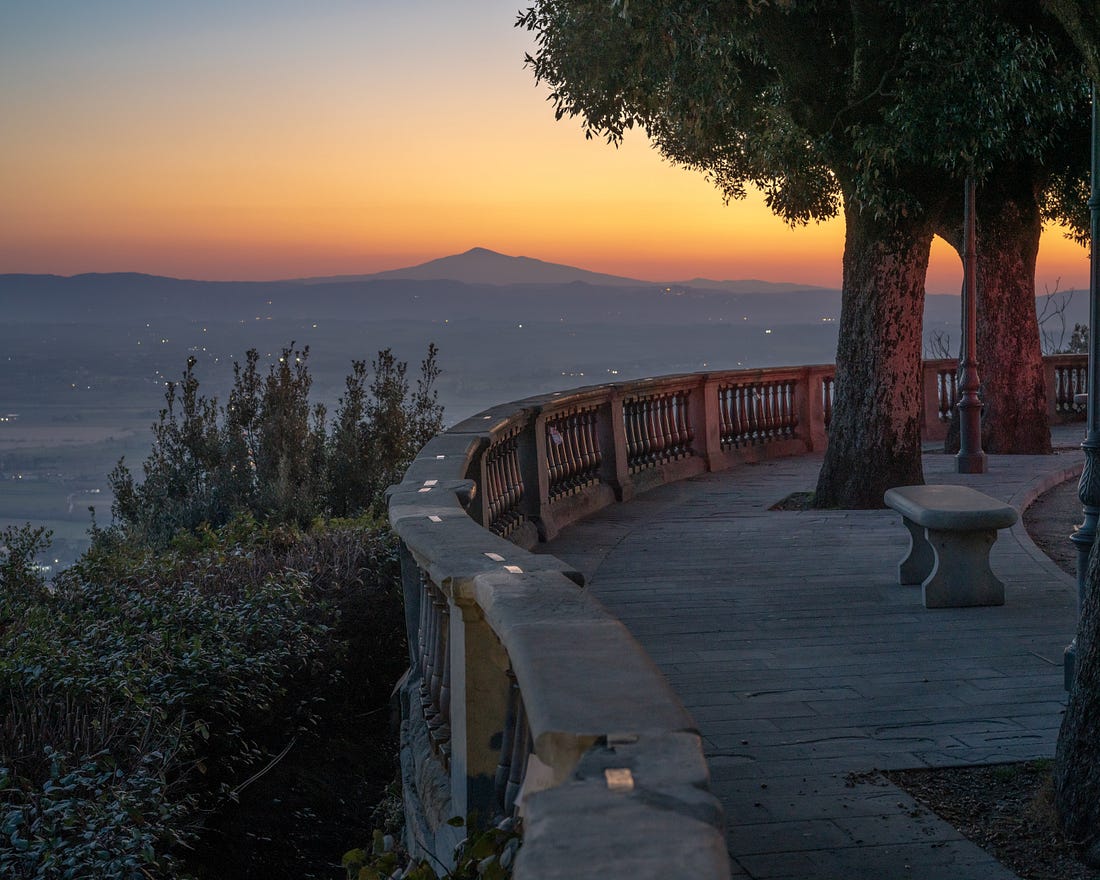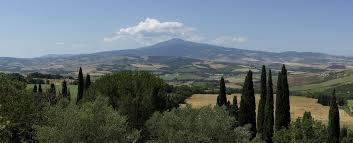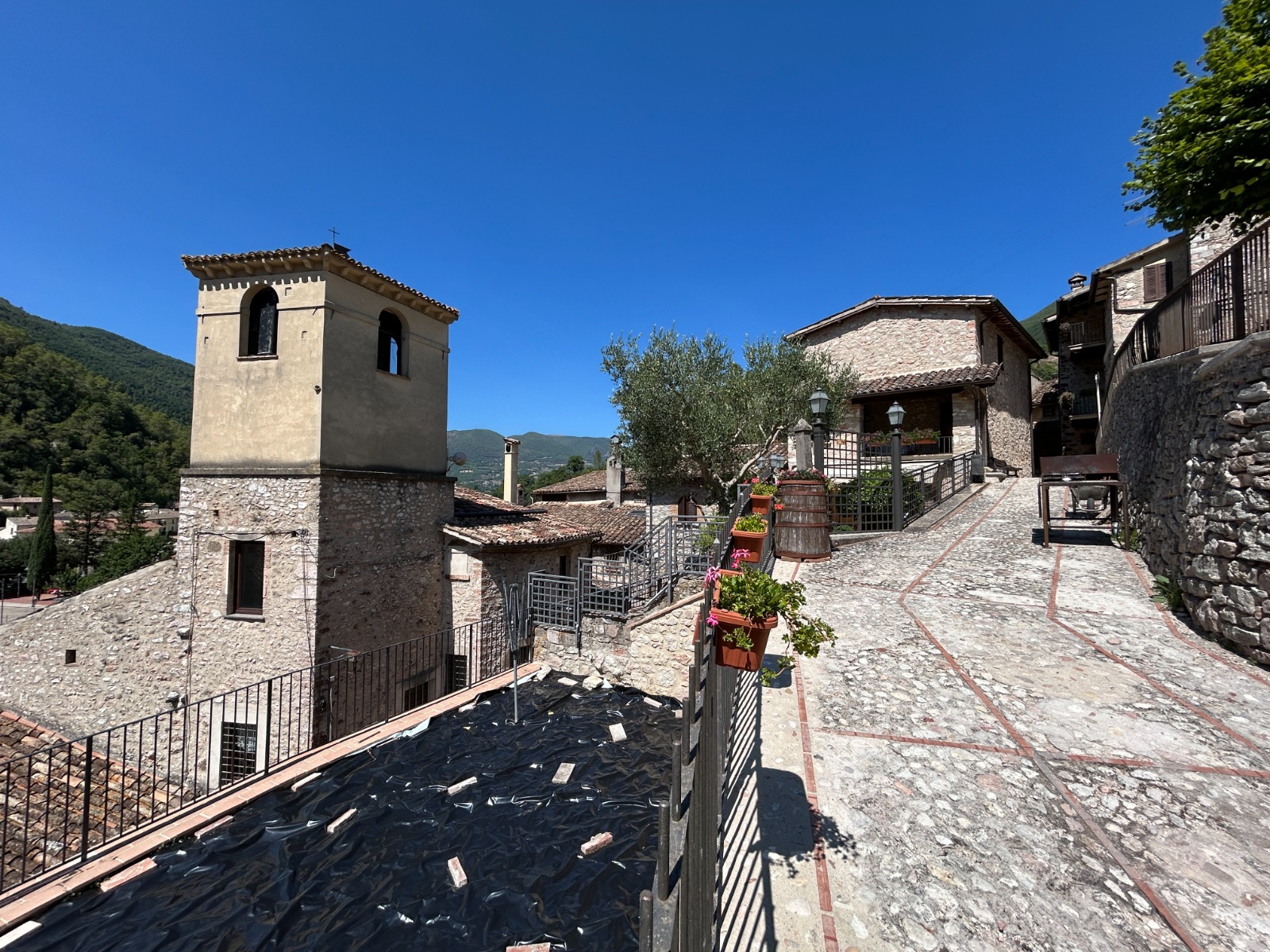It’s hard to cultivate porcini mushrooms, so fresh ones, are a very prized
seasonal food. In northern Italy and Eastern Europe weather conditions tend to
be more conducive to their growth which explains how they end up even in
supermarkets, but the best porcini – full of flavour - are those freshly picked
by local fungaioli who, it is said, will take to their grave the location
of a secret hunting ground rather than reveal it.
I once crossed paths, at first light, with an octogenarian fungaiolo.
He already had a full, hessian sack of porcini slung over his shoulder which he
must have picked in the dark. He waved
vaguely towards a distant mountain top to the east of us, to indicate where
he’d come from. I have no doubt that he'd actually come from the opposite direction.
It is easy though, to get hooked on the hunt. Maybe it’s lingering DNA
from antecedents, hunter/gatherer instincts coming to the fore, but as
pastimes go it’s both physically challenging and rewarding.
Years of mushroom hunting seems also to train one’s brain and scan a terrain at
a glance. It will note any small anomaly or mound that might just be a mushroom
pushing up through the earth. I call it ‘mushroom eye’. It can last long after the season has
finished. One lives in hope!
There are many kinds of mushrooms that are edible in the woods that
surround Cortona, but there are equally as many, that are not. Porcini resemble a number of other related
species that can be toxic. Boletus satanas is the most infamous - easily
identified because it’s red - but if you’re unsure of what you’ve picked, don’t
eat it. Mushrooms are not something to mess with!
The best porcini, are those found under oak or chestnut trees and even
of these there are two distinctive types – one which is squat and chunky with a
matt brown cap, a bulbous stem and a compact white sponge on the cap’s
underside, and another with a glossier cap - slightly sticky to the touch -
which has a slightly less compact sponge and is green/yellow in colour.
Difference between a matt cap and a glossy cap
Difference in colour between the spongy undersides
The former is ideal for slicing and frying.
The latter is perfect for pasta sauce.
Both are great – even combined – tossed in a pan or in a risotto.
You can’t get more organic than a mushroom, so before you prepare them
for cooking, check for holes (and worms!). Wipe the cap with a damp cloth to
clean it and scrape off any earth on the stem. Should the stem seem a bit ‘woody’
– indicating the mushroom is not as fresh as it might be – remove it.
Here are three tips* when cooking porcini.
Fried porcini
Slice your porcino vertically – i.e. getting T-shaped slices.
*Place some flour in a freezer bag.
Put the slices into the bag.
Shake the bag.
This will result in a uniform dusting of flour on each mushroom
slice.
Place the slices into a pan of hot oil.
Don’t overload the pan.
Keep the slices separate one from another.
Leave until lightly browned and crisp.
Take out the fried porcini and place them in kitchen paper to drain off
the excess oil.
Sprinkle them with salt.
And enjoy!
Pasta sauce (for 2)
Slice, chop or dice your mushrooms (one or two per head) as preferred.
Heat a frying pan with a generous helping of olive oil.
Add a large, smashed clove of garlic to the pan.
Add the mushrooms.
Sprinkle with salt and ground black pepper to taste.
When cooked, remove one third of the mushrooms.
*Put them in a blender with enough water to cover them.
(this, is to create a creamy sauce that will enhance the mushroom
flavour).
Add the blended mushrooms to the pan.
Add some chopped parsley.
Leave to rest.
When the pasta is almost ready, gently heat the pan with the mushrooms.
Place cooked pasta in the pan.
(Add some of the pasta water if the blended sauce seems too thick for
the quantity of pasta).
Toss until the mushrooms and sauce are well mixed with the pasta.
Can be served with or without parmesan cheese.
Frozen porcini
Porcini can be frozen.
(You’ll smell them every time you open the freezer!)
*But don’t wait until they’ve thawed to cut them.
To avoid making a sludgy mess, they need to be sliced as soon as
feasibly possible and immediately thrown into a hot pan with olive oil and
tossed.
Cooked, frozen porcini are perfect for sauces or bruschetta.






